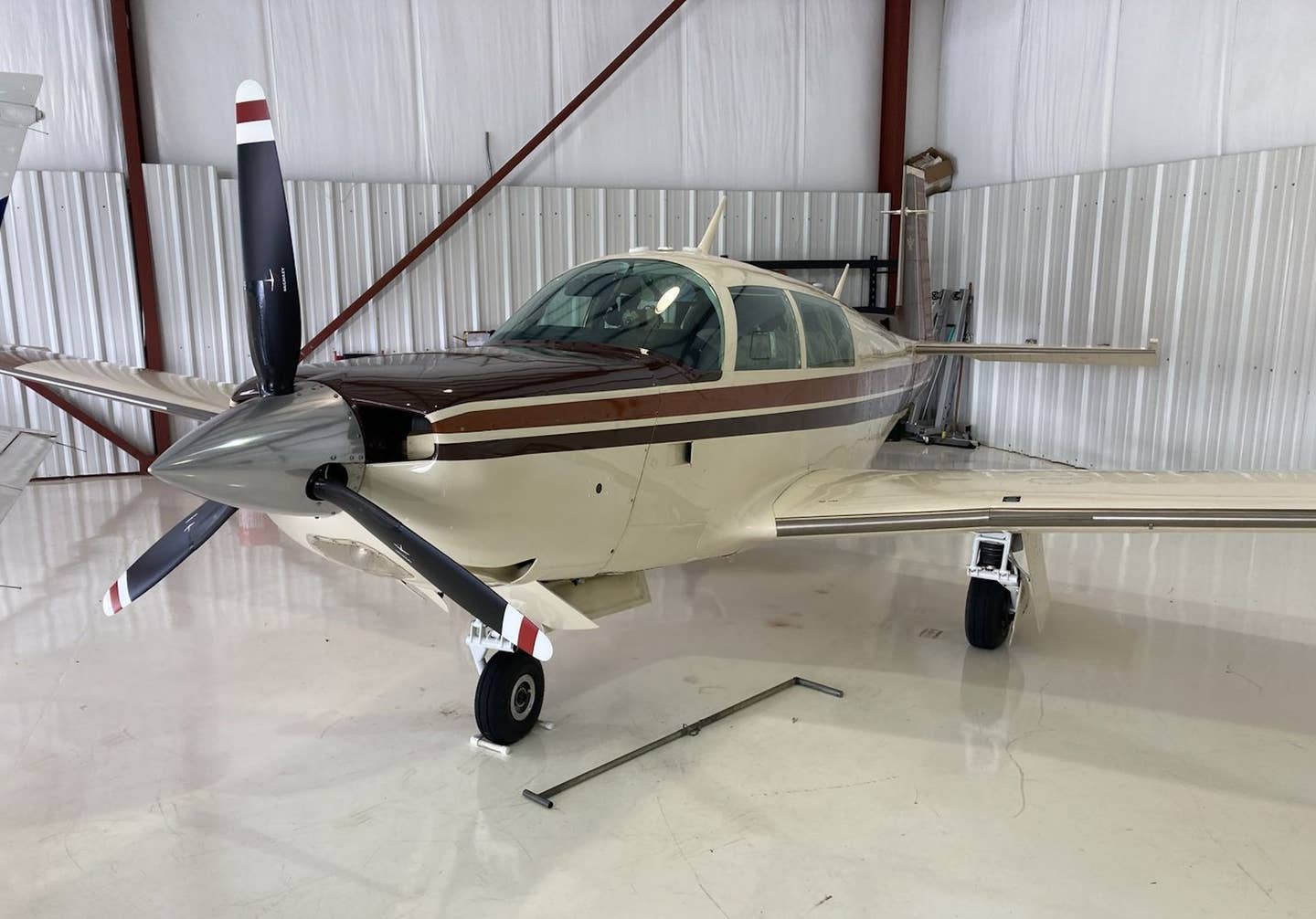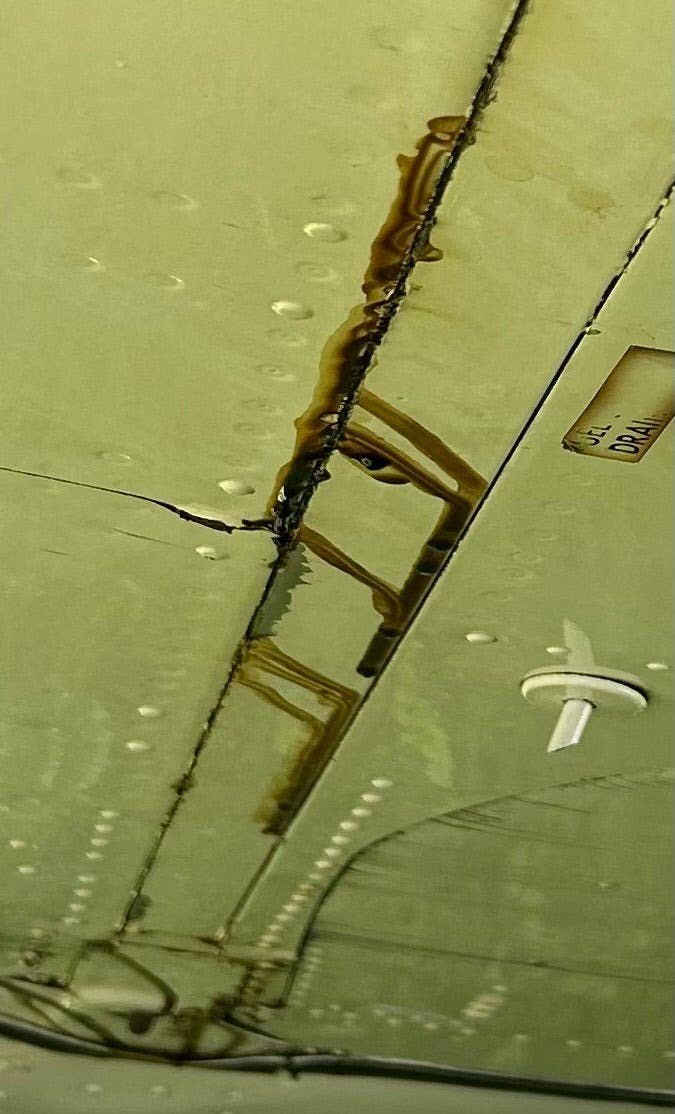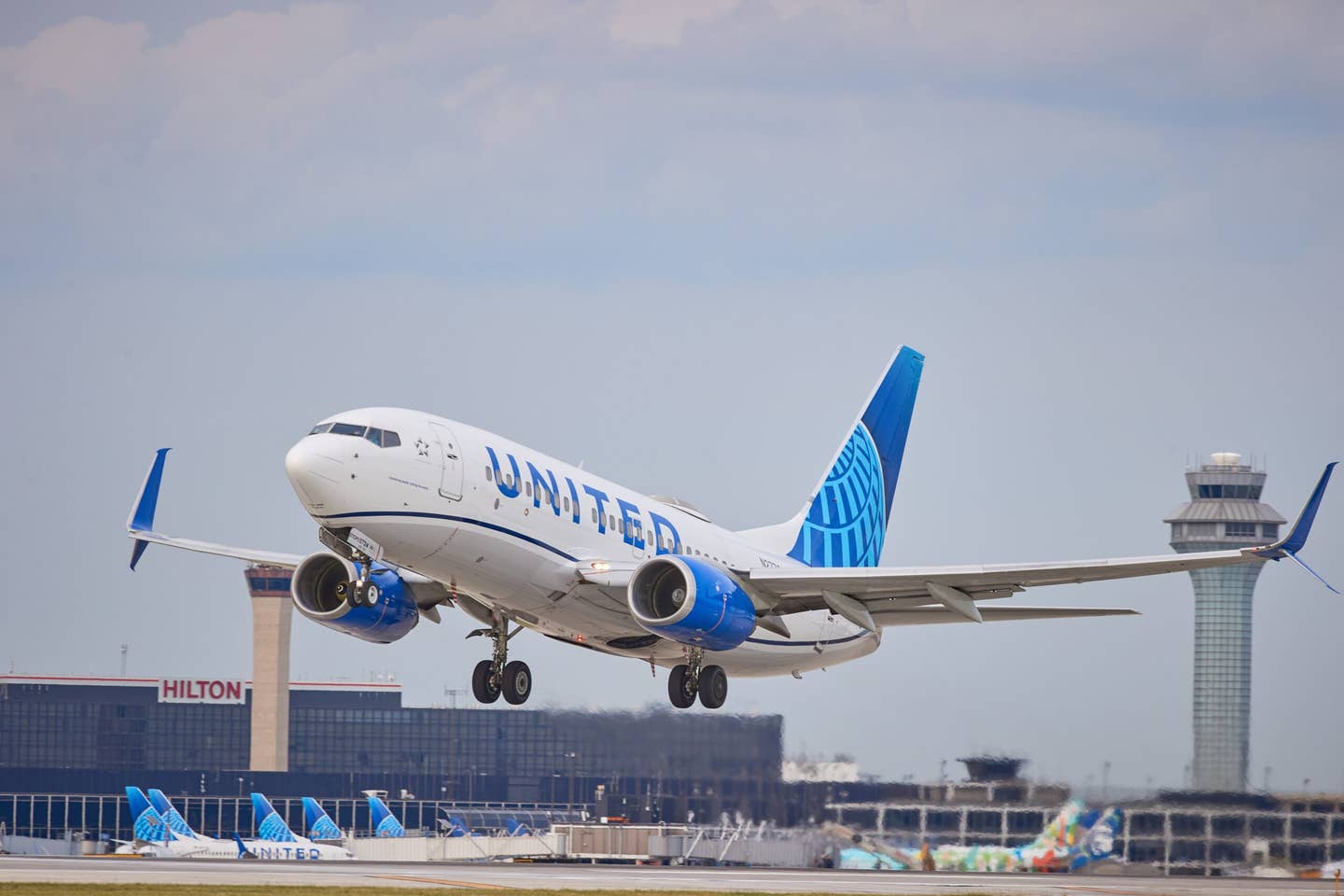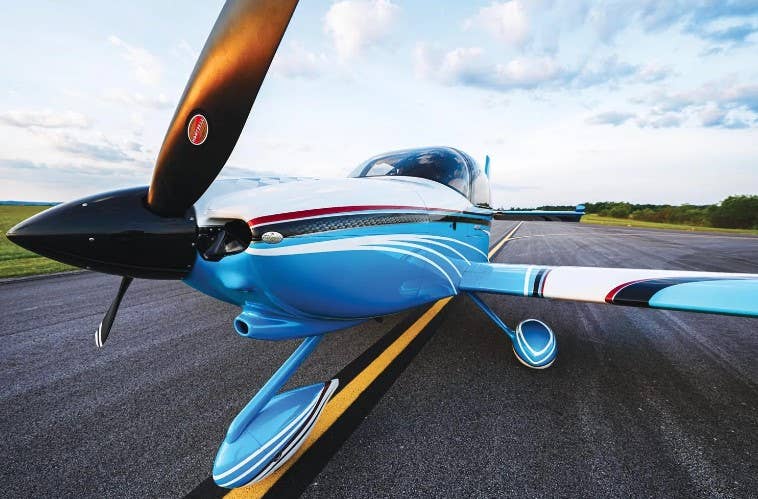Rolls-Royce Launches Flight Testing of Pearl 10X Engine
The company’s newest business aviation engine will power Dassault’s Falcon 10X.
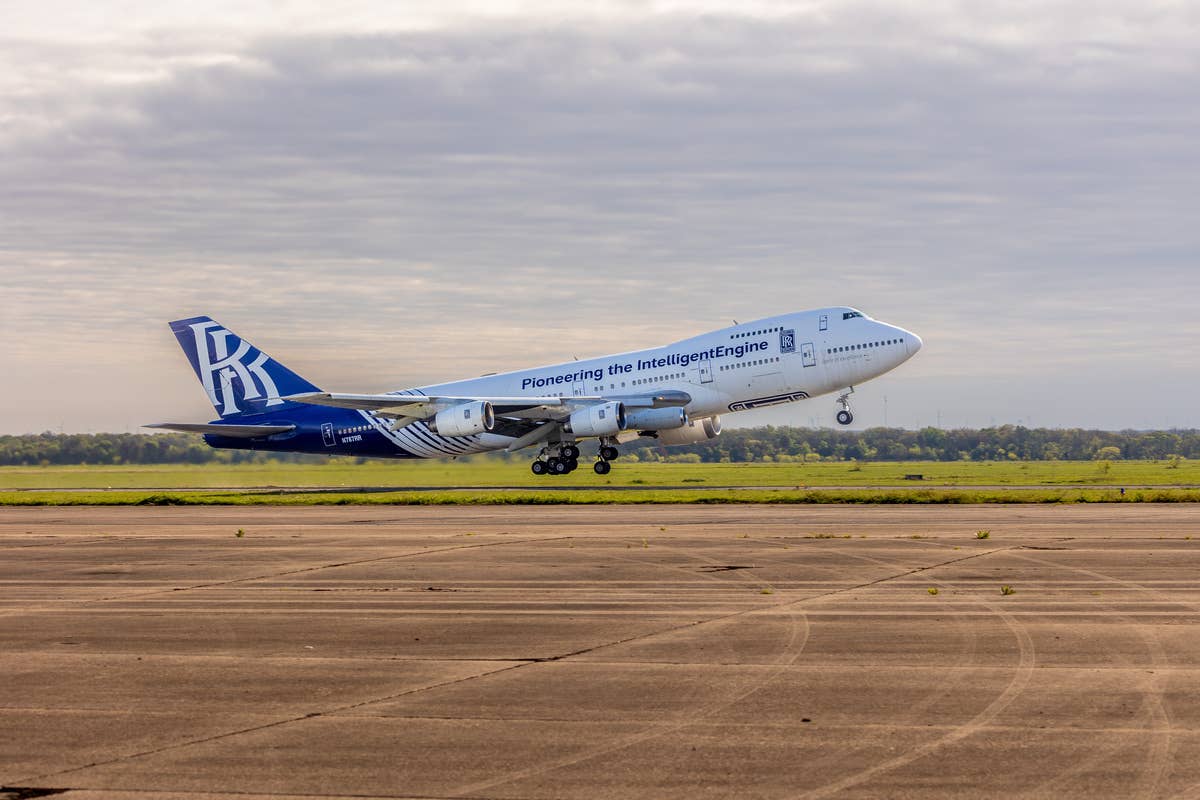
Rolls-Royce’s Boeing 747-200 flying test bed has started a series of tests of the Pearl 10X. [Courtesy: Rolls-Royce]
Rolls-Royce has launched a testing campaign for its newest business aviation engine—the Pearl 10X—marking the powerplant's first flight, the manufacturer said Wednesday.
The Pearl 10X has been selected by French aircraft manufacturer Dassault for its new Falcon 10X, the company’s ultralong-range flagship.
"We are excited to enter into this important next phase of the engine development program with the start of our flight test campaign," Philipp Zeller, senior vice president of Dassault’s business aviation division at Rolls-Royce, said in a statement. "All the tests completed to date confirm the reliability of the engine and show it will meet the performance requirements to power Dassault’s flagship, the Falcon 10X.”
As part of the test campaign, the engines are fitted to a Boeing 747-200, which serves as Rolls-Royce's flying test bed (FTB).
The Tucson, Arizona-based FTB is capable of having a variety of engines fitted to it "to give them a real-life test run in the air, providing valuable performance data," the company said. "As the aircraft usually has four engines, we can ensure safety at all times by having one test engine operating alongside three other engines that are already established in service."
During the latest round of engine tests, the FTB has five engines, according to the company: the Pearl 10X, a Trent 1000, and three RB211s.
Over the course of the coming months, flight testing will include engine performance and handling checks at various speeds and altitudes, in-flight relights, tests of the nacelle’s anti-icing system, as well as fan vibration tests at various altitudes, Rolls-Royce said.
In October, Rolls-Royce announced it had successfully completed a series of tests for the Pearl 10X, and its Pearl 15 engines using 100 percent sustainable aviation fuel (SAF). The tests, which took place in Germany, “play a leading role in the journey to achieve net-zero flight by 2050," the company said at the time.

Subscribe to Our Newsletter
Get the latest FLYING stories delivered directly to your inbox

